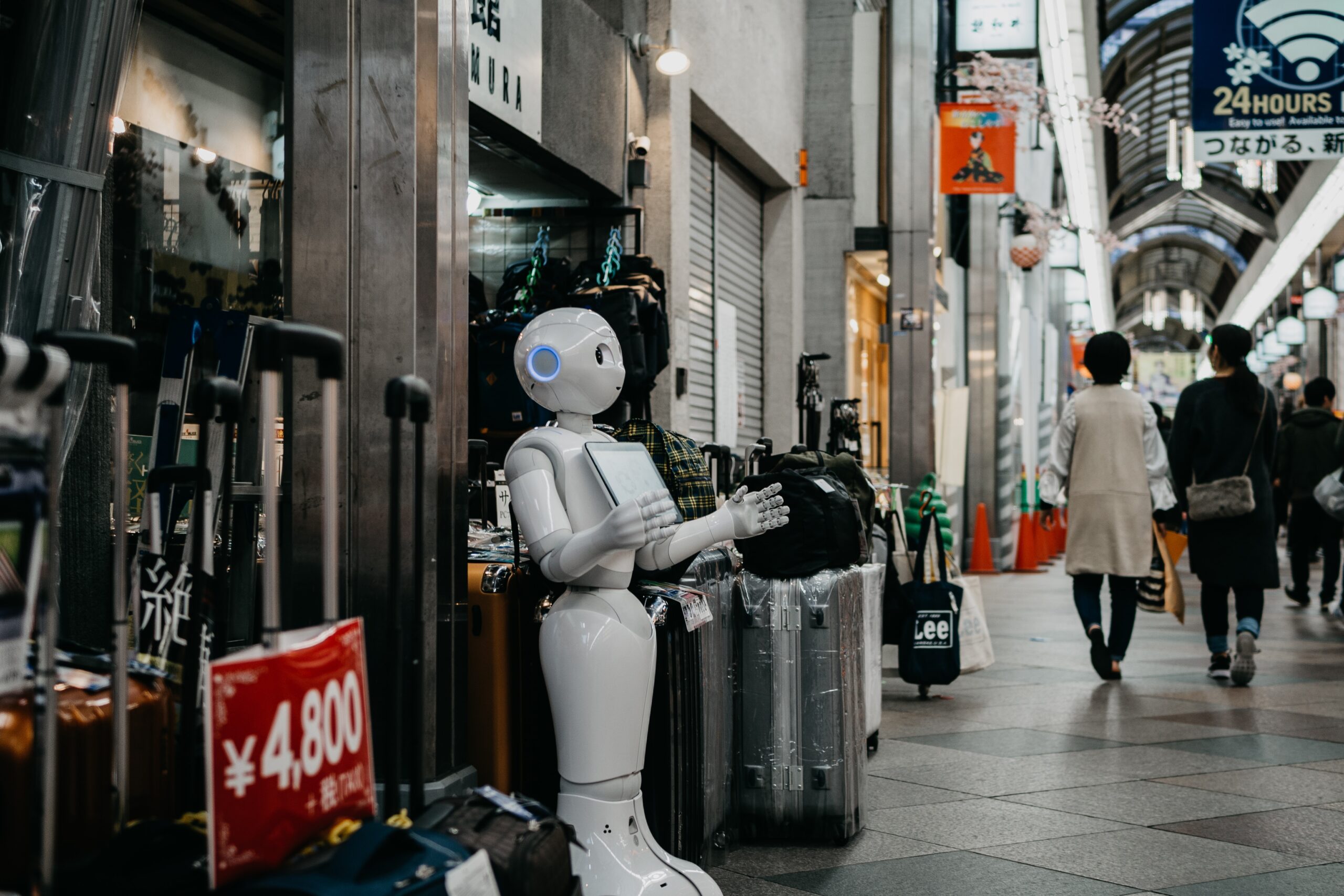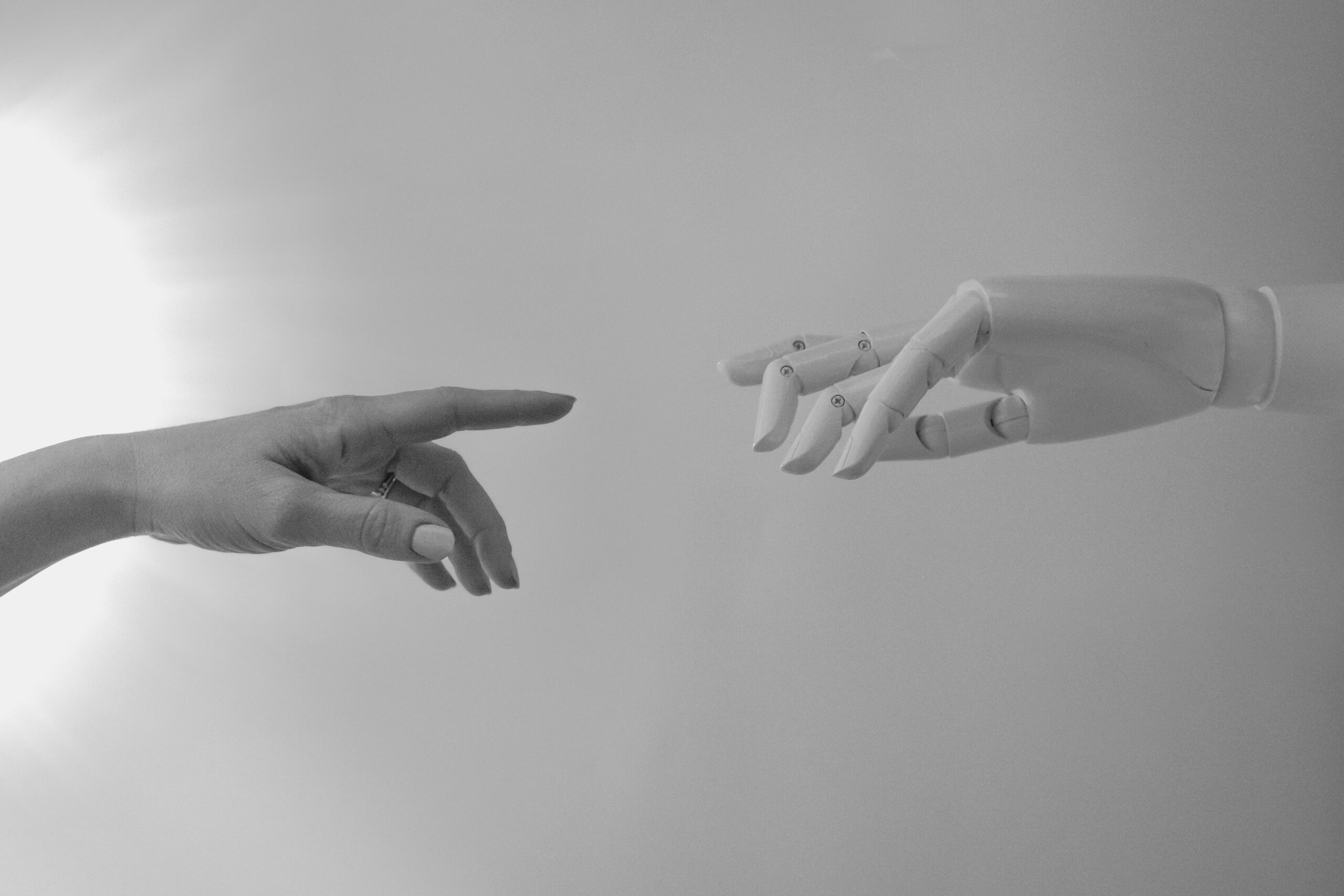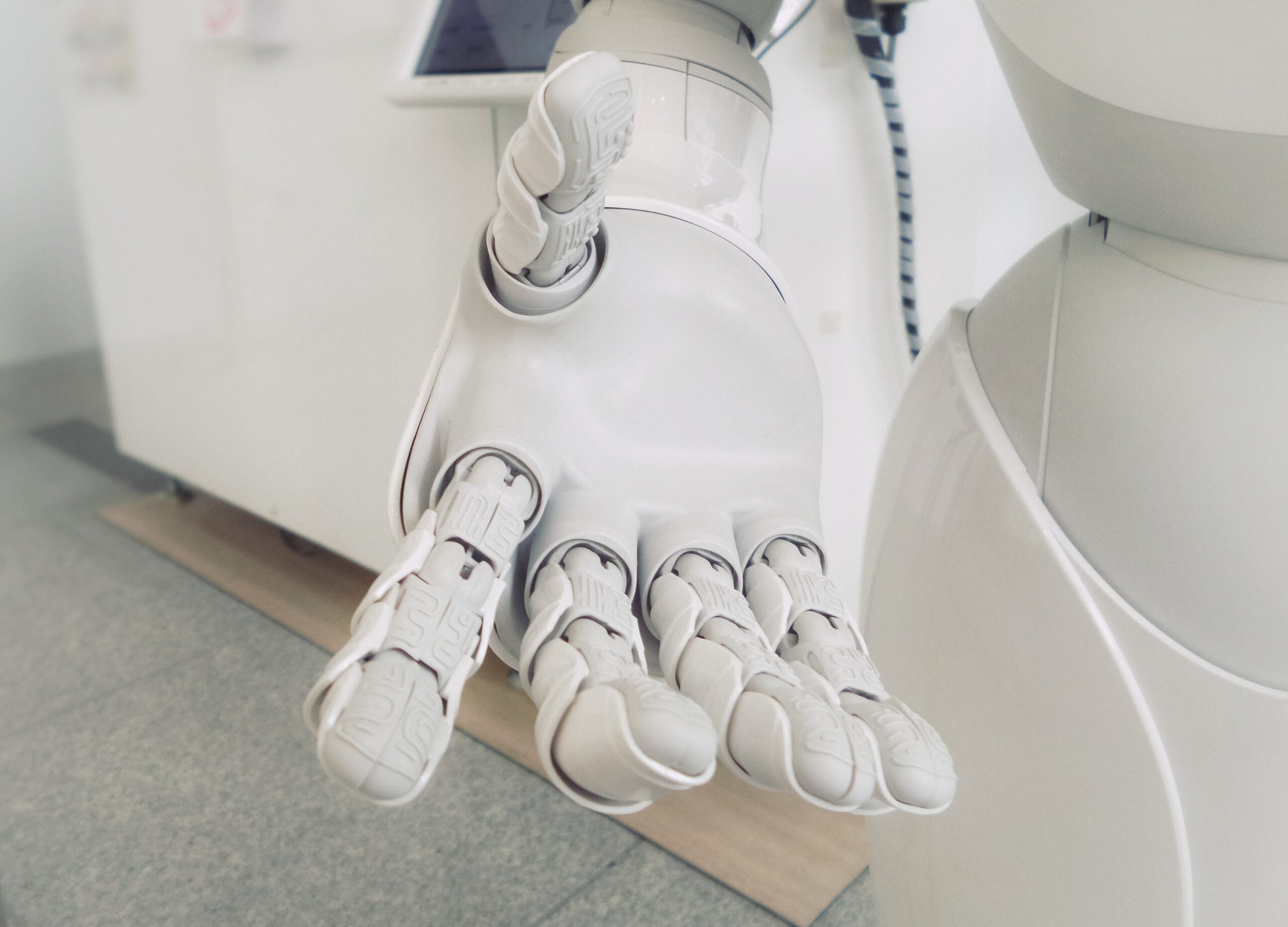With continuous advancements in medical technology, the science of longevity has seen incredible progress in the past few decades. According to the World Health Organization, the global average life expectancy increased from 64.2 years in 1990 to 72.6 years in 2019.
The same report states that, in high-income countries, life expectancy at birth can reach up to 80 years. With ongoing research and advancements, there is a high probability that the average life expectancy will continue to rise in the future. In this article, we will explore the advances in the science of longevity, including the latest discoveries, potential future developments, and ethical considerations.
The Science of Longevity
The primary goal of longevity research is to improve the quality of life by extending the number of healthy years an individual can enjoy.
Several research areas contribute to the science of longevity, including genetics, epigenetics, stem cell research, and nutrition. Recent studies show that our lifestyle habits and environment also significantly determine our life span.
Lifestyle Habits
Studies show that our lifestyle habits and environment can significantly impact our lifespan. For example, a study published in the American Journal of Clinical Nutrition found that eating a diet rich in fruits, vegetables, whole grains, nuts, and legumes reduces mortality risk from all causes, including cardiovascular disease and cancer.
Similarly, a study published in the British Medical Journal found that quitting smoking can add up to 10 years to a person’s life expectancy. The study also found that even those who quit smoking in their 60s can still add several years to their lifespan.
Other studies have looked at the impact of exercise on lifespan. A study published in the journal PLOS Medicine found that individuals who engaged in regular physical activity had a reduced risk of premature death from all causes, including cardiovascular disease and cancer.
Stress is also a factor that can impact lifespan. A study published in the journal ‘Science’ found that chronic stress can accelerate ageing at the cellular level by shortening telomeres. The study suggests that stress management techniques like mindfulness meditation and yoga may help slow ageing and extend lifespan.
These studies demonstrate that our lifestyle habits and environment can significantly impact our lifespan. Making healthy lifestyle choices, such as eating a nutritious diet, quitting smoking, engaging in regular physical activity, and managing stress, can help to extend our healthy years and improve our overall quality of life.
Genetic Research
Genetic research has made significant progress in identifying the genes contributing to ageing and age-related diseases. Studies have identified several genetic variants associated with an increased risk of Alzheimer’s, cancer, and heart disease.
Researchers are also exploring the potential of gene editing technologies, such as CRISPR, to modify genes associated with ageing and disease.
One study published in Nature Genetics found a genetic variant associated with an increased risk of Alzheimer’s disease that affects the immune system’s ability to clear beta-amyloid protein from the brain.
Beta-amyloid protein is a hallmark of Alzheimer’s disease. Another study published in the journal Nature Communications identified a genetic variant associated with an increased risk of heart disease that affects the metabolism of fats in the liver.
Epigenetics Research
Epigenetics is the study of changes in gene expression without altering the underlying DNA sequence. Recent research has shown that epigenetic changes can significantly impact ageing and age-related diseases.
For example, a study published in Aging Cell found that specific epigenetic changes in the brain are associated with cognitive decline in ageing adults. Another study published in Nature Communications found that DNA methylation changes in the blood are associated with ageing and age-related diseases, such as cancer and cardiovascular disease.
Stem Cell Research
Stem cell research focuses on developing therapies to regenerate damaged tissues and organs. Recent advancements in stem cell research have shown promising results in animal studies, including restoring damaged heart tissue and reversing age-related muscle loss.
A study published in the journal Cell Stem Cell found that injecting old mice with muscle stem cells from young mice improved muscle function and strength in the older mice. Another study published in the journal Nature found that transplanting neural stem cells into the brains of ageing mice improved cognitive function.
Nutrition Research
Nutrition research has shown that a healthy diet can significantly impact our lifespan. Studies have shown that diets high in fruits, vegetables, whole grains, and lean protein can reduce the risk of chronic diseases and improve overall health. Researchers are also exploring the potential of calorie restriction and intermittent fasting to extend lifespan.
Case Study in Okinawa
The Okinawan population in Japan is a fascinating case study in the science of longevity. Okinawa is known for having one of the highest percentages of centenarians in the world, with a significant number of individuals living beyond 100. Researchers have been studying the factors that contribute to the long lifespan of Okinawans for many years.
One of the critical factors that researchers have identified is the Okinawan diet, which is high in fruits, vegetables, and whole grains and low in calories and saturated fat. The traditional Okinawan diet consists of sweet potatoes, vegetables, tofu, seaweed, and fish. The diet is rich in antioxidants and anti-inflammatory compounds, which may help to reduce the risk of chronic diseases such as cardiovascular disease and cancer.
Regular physical activity is another factor that contributes to the longevity of Okinawans. Many Okinawans engage in physical activity, such as walking, gardening, and traditional martial arts practices. This physical activity may help to reduce the risk of age-related diseases and maintain physical function in old age.
Social connections are also a crucial factor in the longevity of Okinawans. Many Okinawans maintain strong social connections throughout their lives, which can provide emotional support and a sense of purpose. Studies have shown that social isolation is associated with increased mortality risk and poor health outcomes, emphasising the importance of social connections for overall health and longevity.
In addition to these lifestyle factors, genetic and environmental factors may also contribute to the longevity of Okinawans. Researchers have identified several genetic variations that may play a role in the long lifespan of Okinawans, including variations in genes related to insulin sensitivity and inflammation. Environmental factors, such as low pollution levels and high exposure to natural light, may also contribute to the longevity of Okinawans.
Potential Future Developments
The future of longevity research looks promising, with ongoing advancements in medical technology and genetic analysis. Here are some potential future developments in the field of longevity.
Anti-Aging Drugs
Several drugs that can delay ageing and age-related diseases are currently in development. These drugs work by targeting specific genes and proteins that are associated with ageing and age-related diseases.
Gene Editing
Gene editing technologies such as CRISPR can potentially modify genes associated with ageing and disease. Researchers are exploring the potential of these technologies to extend lifespan and reduce the risk of age-related diseases.
Regenerative Therapies
Regenerative therapies such as stem cell treatments have shown promising results in animal studies. Researchers are exploring the potential of these therapies to regenerate damaged tissues and organs in humans.
Artificial Intelligence
Artificial intelligence (AI) can potentially revolutionise the field of longevity research. AI can analyse large datasets and identify patterns to help researchers develop new therapies and treatments.
Ethical Considerations
The potential to extend lifespan raises several ethical considerations that must be addressed. One concern is the unequal distribution of life-extending therapies.
If these therapies are only available to the wealthy, it could widen the gap between the rich and the poor. Another concern is the potential for overpopulation and strain on resources if the population continues to age and live longer. Researchers and policymakers must consider these ethical implications as they develop new therapies and treatments.
Closing Thoughts
In conclusion, the science of longevity has made significant progress in recent years, thanks to advancements in medical technology and research. Genetic, epigenetics, stem cell, and nutrition research have contributed to our understanding of ageing and age-related diseases.
Future developments in anti-ageing drugs, gene editing, regenerative therapies, and artificial intelligence promise to extend a healthy lifespan. However, researchers must also consider the ethical implications of extending lifespan, including unequal distribution of therapies and strain on resources. With ongoing research and advancements, the future looks bright for the science of longevity.
Disclaimer: The information provided in this article is solely the author’s opinion and not investment advice – it is provided for educational purposes only. By using this, you agree that the information does not constitute any investment or financial instructions. Do conduct your own research and reach out to financial advisors before making any investment decisions.
The author of this text, Jean Chalopin, is a global business leader with a background encompassing banking, biotech, and entertainment. Mr. Chalopin is Chairman of Deltec International Group, www.deltec.io.
The co-author of this text, Robin Trehan, has a bachelor’s degree in economics, a master’s in international business and finance, and an MBA in electronic business. Mr. Trehan is a Senior VP at Deltec International Group, www.deltec.io.
The views, thoughts, and opinions expressed in this text are solely the views of the authors, and do not necessarily reflect those of Deltec International Group, its subsidiaries, and/or its employees.
























